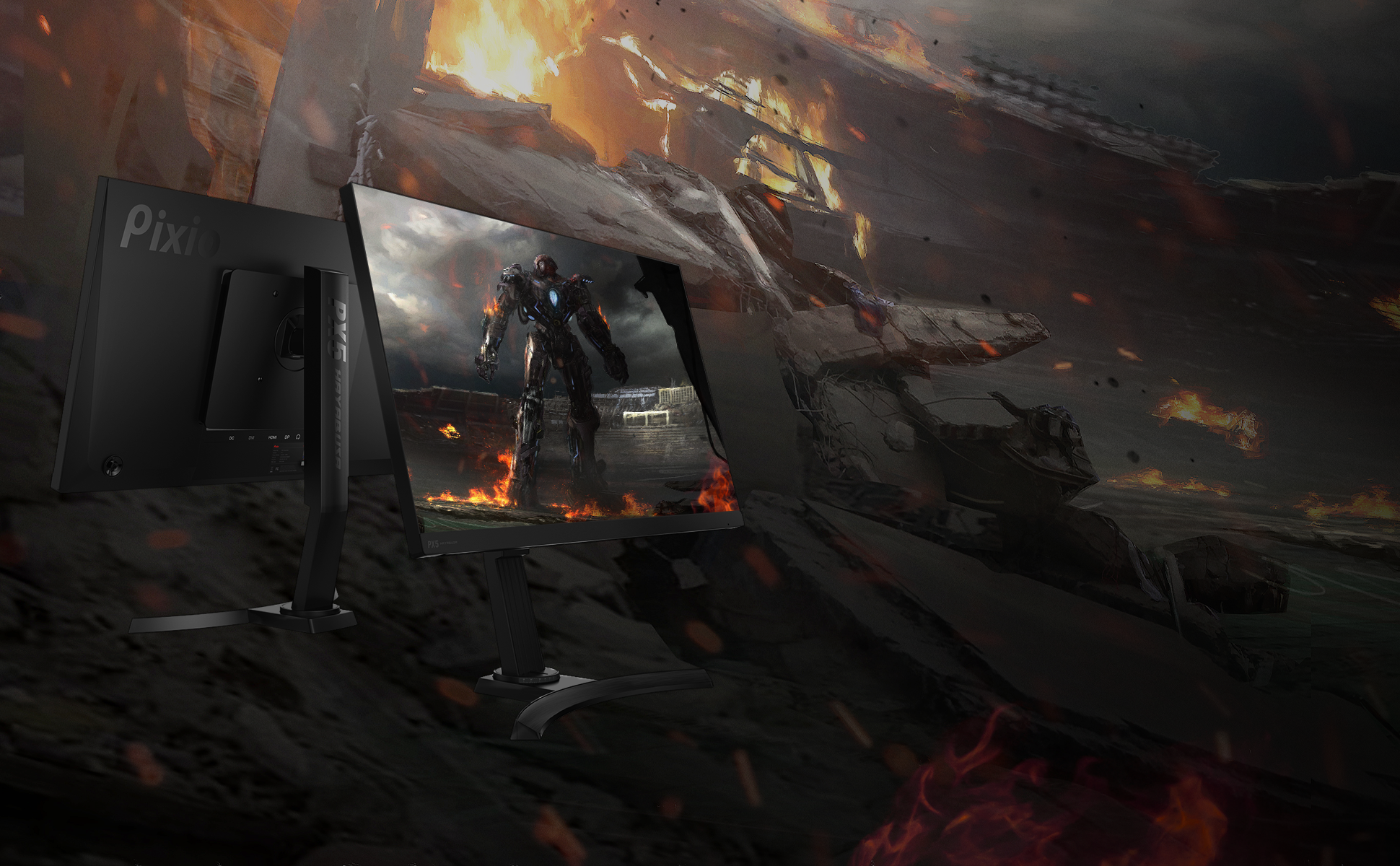As a gamer, your monitor is one of the essential tools of your trade. It's the window into the digital worlds you explore, the battlefields you conquer, and the quests you undertake. Like any piece of equipment, however, it won't last forever. So, when is it time to upgrade your gaming monitor? Let's explore the factors that contribute to a monitor's lifespan and the signs that it's time for an upgrade.
Monitor Lifespan

Generally, most monitors should last between 7-10 years under normal usage conditions. However, this lifespan can be affected by several factors, including the monitor's build quality, its operating conditions, and how often it is used. High-quality monitors from reputable manufacturers are built to last and often come with warranties that reflect this longevity. On the other hand, cheaper monitors may not be as durable and could start showing signs of wear and tear sooner.
Signs of Wear and Tear
The first signs of an aging monitor are usually visual. If your screen starts showing dead pixels (small dots that don't change color), this is a clear indication that it's on its way out. Similarly, if the colors on your screen appear distorted or faded, or if you notice ghosting (blurred images) during fast-paced gaming sequences, it might be time to start shopping for a new monitor.
Another common sign of an aging monitor is instability. If your monitor starts flickering, displaying a shaky image, or randomly blacking out, these could all be indications that it's nearing the end of its lifespan.
Technology Advancements
Even if your monitor is still in good working condition, advancements in technology could make an upgrade worth considering. With the constant evolution of gaming technology, newer monitors often come with features that significantly enhance the gaming experience.

For example, refresh rates have seen a considerable increase over the years. While a 60Hz monitor was once the standard, you can now get monitors with refresh rates of 165Hz, 240Hz, or even higher, offering smoother and more responsive gameplay.
Similarly, developments in resolution, such as the shift from 1080p to 1440p and 4K, can offer vastly improved image quality. More recently, features like adaptive sync technologies (FreeSync and G-Sync) have become more prevalent, helping to eliminate screen tearing and make gameplay smoother.
There's no definitive timeline for when to upgrade your gaming monitor. The decision largely depends on its current performance and whether newer models offer features that could significantly improve your gaming experience. By keeping an eye on the signs of wear and tear and staying updated with the latest technology advancements, you can ensure that your monitor always offers the best possible gaming experience.

0 comments